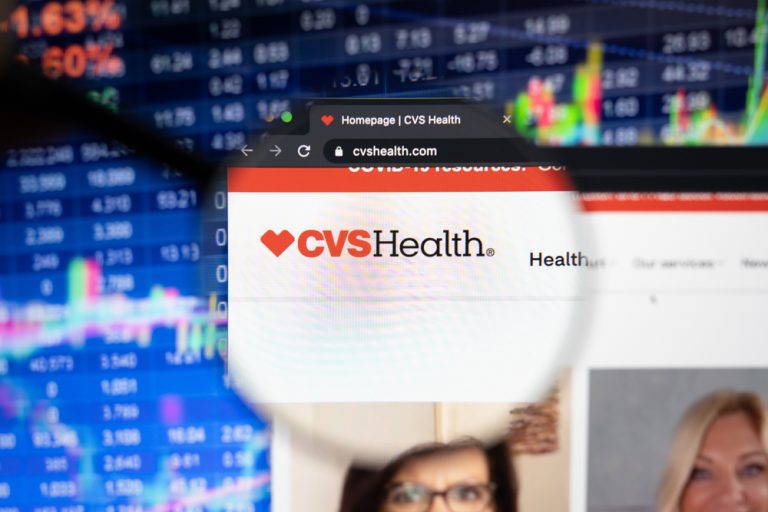Strong Retail and Insurance Segments Drive Results
CVS Health reported second-quarter earnings and revenue that exceeded Wall Street expectations, sending shares up more than 6% in early trading. The company raised its full-year adjusted profit forecast to a range of $6.30 to $6.40 per share, up from previous guidance of $6 to $6.20, citing improved performance in its retail pharmacy and insurance units.
CVS CEO David Joyner attributed the results to operational gains at Aetna and efficiency improvements in pharmacy services. While he noted ongoing challenges in the insurance segment, Joyner emphasized that CVS is navigating those pressures through strategic investments and a revamped drug pricing model.
Financial Results and Segment Performance
For the second quarter, CVS posted adjusted earnings per share of $1.81, well above the expected $1.46. Revenue reached $98.92 billion, up 8.4% year-over-year and higher than the $94.5 billion forecasted. Net income came in at $1.02 billion, or $0.80 per share, down from $1.77 billion, or $1.41 per share, a year ago. The decline in net income reflects continued restructuring costs and changes in GAAP reporting.
All three business segments beat analyst revenue estimates. The retail pharmacy and consumer wellness division posted $33.58 billion in sales, an increase of over 12% compared to the same period last year, driven by higher prescription volumes and front-end sales. CVS’ health services unit, which includes pharmacy benefits manager Caremark, generated $46.45 billion in revenue, up 10% from the year prior.
Insurance Segment Still Under Strain
Despite the broader strength, Aetna continues to face margin pressure due to higher medical costs. The medical benefit ratio rose to 89.9%, just below analysts’ expectation of 90.6%. The increase was attributed to a $471 million charge from a premium deficiency reserve, indicating concerns about 2025 profitability in Medicare Advantage plans.
Even with those headwinds, the insurance business brought in $36.26 billion in revenue for the quarter, surpassing expectations of $34.59 billion. Joyner acknowledged the continued recovery in healthcare utilization post-pandemic, particularly among Medicare Advantage patients returning for delayed procedures.
Cost-Cutting and Strategic Expansion
CVS remains on track with its $2 billion cost-cutting plan, which includes store closures and operational streamlining. Joyner noted that while some locations will close, CVS is actively expanding in underrepresented regions such as the Pacific Northwest. The company is also investing in technology to modernize its pharmacy operations and improve service delivery.
As part of its long-term strategy, CVS aims to continue integrating its health services, insurance, and retail pharmacy arms to enhance care delivery and improve margins. The second-quarter performance suggests early progress in these efforts and positions the company to meet its financial targets for the remainder of 2025.


